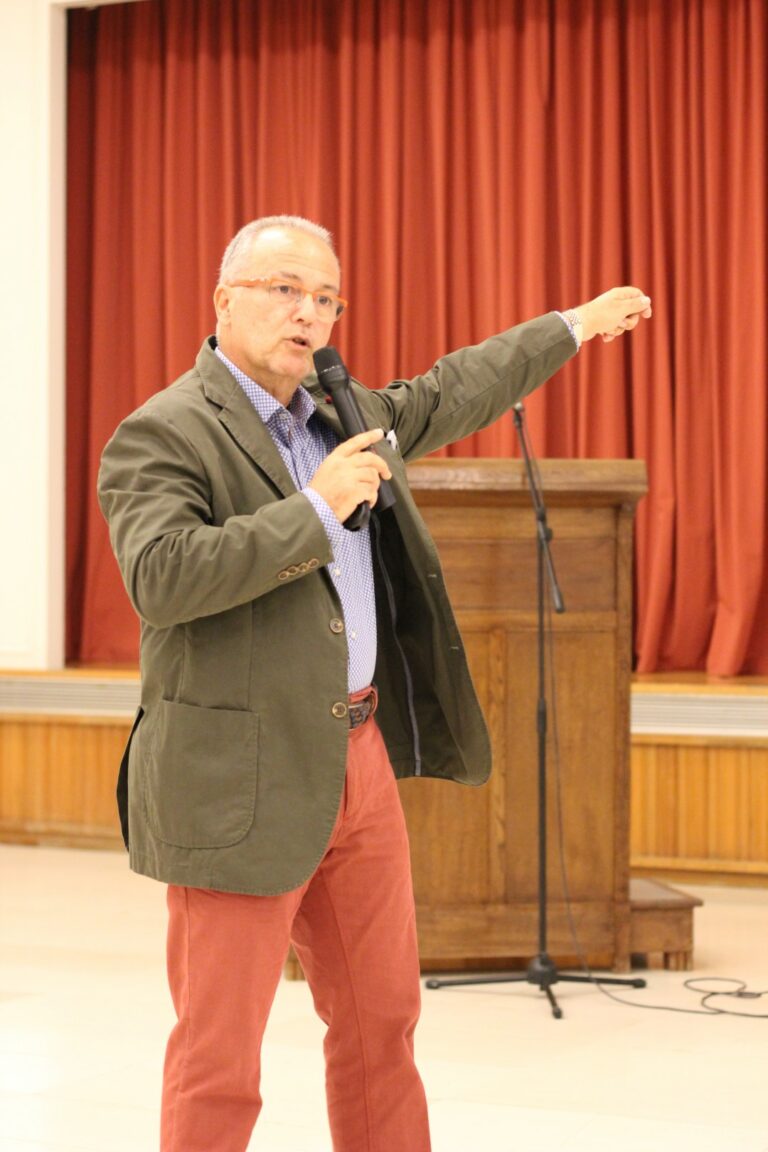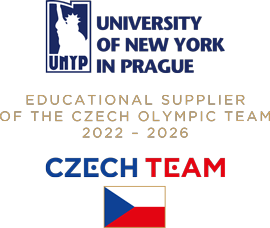The surprising truth about what motivates people

Sotiris Karagiannis, BSc, MEd, MBA
Managing Partner, Senior Trainer and Business Consultan at MDI South East Europe
Professor of Organizational Behavior & Leadership at UNYP
Most of us believe that the best way to motivate ourselves and others is with external rewards like money – the carrot – and – stick approach.
That’s a mistake, Daniel H. Pink says. The secret to high performance and satisfaction – at work, at school, and at home – is the deeply human need to direct our own lives, to learn and create new things, and to do better by ourselves and our world.
Based on four decades of scientific research on human motivation, Pink’s work exposes the mismatch between what science knows and what business does – and how that affects every aspect of life. He demonstrates that while carrots and sticks worked successfully in the twentieth century, that’s precisely the wrong way to motivate people for today’s challenges. Working with Pink’s Drive workshop™ as a consultant to help leaders motivate their teams, I have seen how true his model is, based on three pillars: autonomy, mastery, and purpose.

Motivation: A Whole new operating system
Motivational operating systems, or set of assumptions and protocols about how the world works and how humans behave, that run beneath our laws, economic arrangements, and business practices are in need of a major overhaul. Thousands of years ago Motivation 1.0 presumed that humans were biological creatures, struggling for survival.
Then in the late 1800’s and 1900’s, Motivation 2.0 presumed that humans also responded to rewards and punishments in their environment. We required this new operating system as we needed greater interaction between groups of people and the rise of the industrial revolution.
Now in the second decade of the 21st century, Motivation 3.0 presumes that humans also have a third drive – to learn, to create, and to better the world. Rewards and recognition worked fine for routine, twentieth century tasks. But in the twenty first century, Motivation 2.0 is proving incompatible with how we organise what we do, how we think about what we do, and how we do what we do. We need an upgrade – urgently.
7 Reasons Carrots and Sticks (Often) Don’t Work…
When carrots and sticks encounter our third drive, strange things begin to happen. Traditional “if-then” rewards can give us less of what we want. These:
- Extinguish intrinsic motivation
- Diminish performance
- Crush creativity
- Crowd out good behaviour
- Encourage unethical behaviour, cheating and shortcuts
- Create addictions
- Foster short term thinking
Carrots and sticks aren’t all bad. They can be effective for rule-based routine tasks – because there’s little intrinsic motivation to undermine and not much creativity to crush. For non-routine conceptual tasks, rewards are more perilous –particularly those of the ‘if-then‘ variety. But “now that” rewards – non-contingent rewards given after a task is complete – can sometimes be okay for more creative, right –brain work, especially if they provide useful information about performance.
According to Harvard University Professor Teresa Amabile, “The desire to do something because you find it deeply satisfying and personally challenging, inspires the highest levels of creativity, whether it’s in the arts, sciences, or business.”
So we have a choice: We can cling to a view of human motivation that is grounded more in old habits than in modern science, or we can drag our business and personal practices into the twenty-first century, and craft a new operating system to help ourselves, our companies and our world work a little better.
Three Elements of True Motivation
1. Autonomy:
Our “default setting” is to be autonomous and self-directed. Unfortunately, circumstances- including outdated notions of “management” – often conspire to change that default setting and turn us from Type I to Type X. To encourage Type I behaviour, and the high performance it enables, the first requirement is autonomy. People need autonomy over task (what they do), time (when they do it), and technique (how they do it). Companies that offer autonomy, sometimes in radical doses, are far outperforming their competitors.
2. Mastery:
While Motivation 2.0 required compliance, Motivation 3.0 demonstrates engagement in abundance. Only engagement can produce mastery – becoming better at something that matters. And the pursuit of mastery, an important but often dormant part of our third drive, has become essential to making one’s way in the economy. Mastery begins with “flow” – optimal experiences when the challenges we face are exquisitely matched to our abilities. Smart workplaces therefore supplement day to day activities with “Goldilocks tasks” – not too hard and not too easy. But mastery also abides by three peculiar rules. Mastery is a mindset: It requires the capacity to see your abilities not as finite, but as infinitely improvable. Mastery is a pain: It demands effort, grit, and deliberate practice. And mastery is an asymptote: It’s impossible to fully realise, which makes it simultaneously frustrating and alluring.
3. Purpose:
Humans, by their nature, seek purpose – a cause greater and more enduring than themselves.
But traditional businesses have long considered purpose to be ornamental – a perfectly nice accessory, so long as it didn’t get in the way of the important things. But that’s changing rapidly…. In Motivation 3.0, purpose maximisation is taking its place alongside and in front of profit maximisation as an aspiration and a guiding principle. Within organisations, this new “purpose motive” is expressing itself in three ways:
- In goals that use profit to reach purpose
- In words that emphasise more than self interest
- In policies that allow people to pursue purpose on their terms.
This move to accompany profit maximisation with purpose maximisation has the potential to rejuvenate our businesses and remake our world.
Related Articles
UNYP Chronicle Newsletter
The e-mail address you provide will be used only to send you the newsletter. Your privacy is important to us.
For more information download our UNYP Brochure.

Contacts
University of New York in Prague
Londýnská 41, 120 00 Praha
ID no: 25676598
Phone:
+420 224 221 261
![]() Skype
Skype
Email: unyp@unyp.cz







